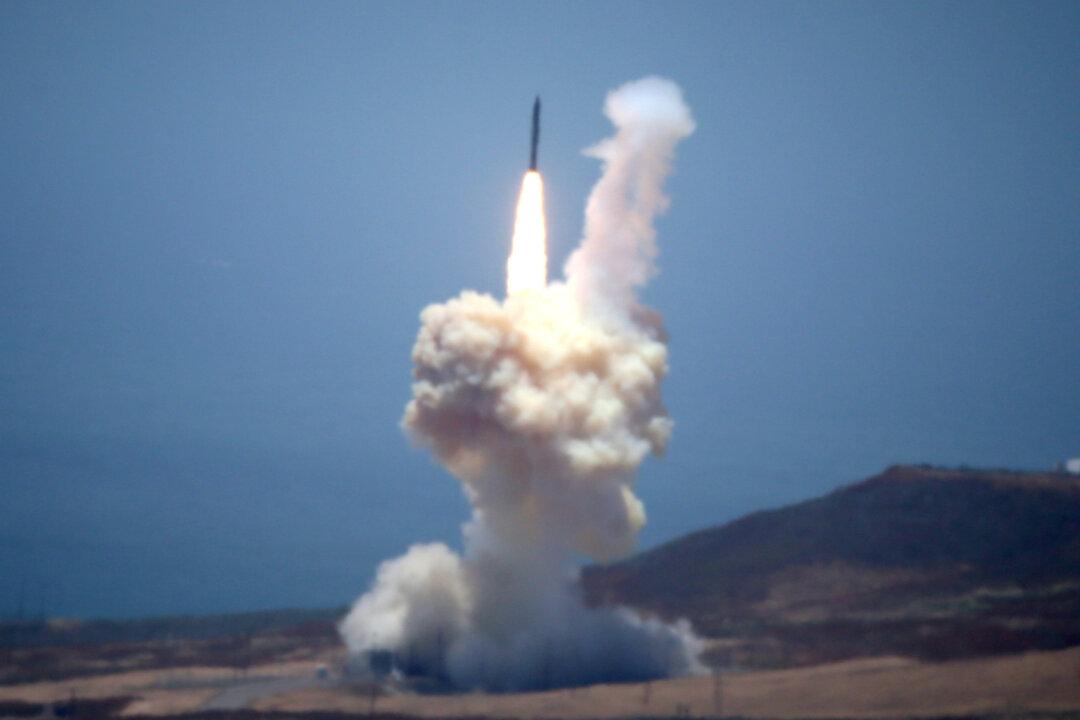Kim Jong Un’s race for a nuclear missile could become a lesson in unintended consequences as the United States and other nations try to prepare for the possibility of another Korean War.
The communist regime’s successful missile test on Nov. 28, came 12 days after Congress approved a $700 billion defense budget that slotted $12.3 billion for the Missile Defense Agency to rapidly buildup America’s missile defenses. That was $4 billion more than President Donald Trump had asked for missile defense, even before North Korea proved it could hit Washington D.C. with a missile.



